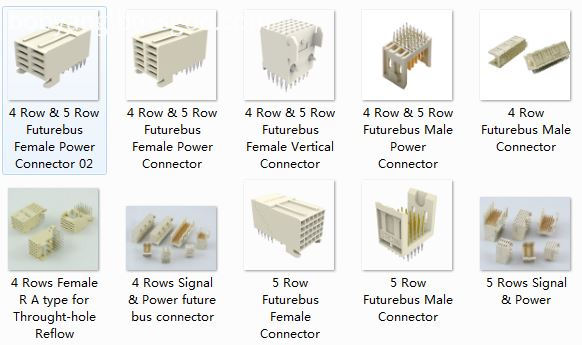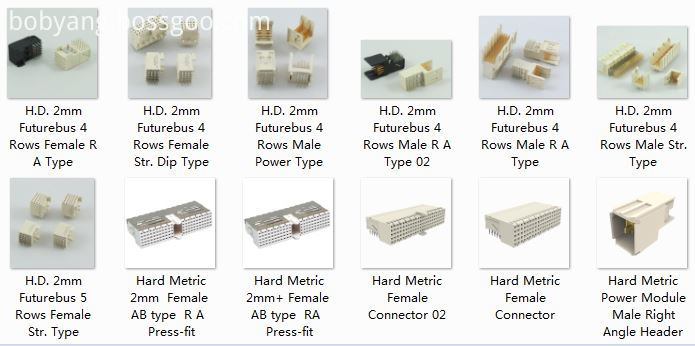Experts pointed out that since cross-regional power transmission is an unavoidable issue for China, strong grids and intelligence will be the two pillars of China’s future power grid. The integration of large-scale renewable energy into the power grid and integrated power supply is an important feature of China's smart grid in the future, which will greatly reduce the reliance on fossil fuels and help reduce the impact of natural disasters such as freezing rain on the safety of electricity. Given that the smart grid is currently focused on the transmission side, in the next five years, the technological focus must gradually shift to the areas of power distribution and power consumption.
Analysts said that “the next 10 years will be a major stage of construction of the national smart grid. Enterprises that want to make money in this area must seize the time and develop new products as soon as possible, otherwise it will be too late.â€
Smart grid, the future development direction of the power grid Driven by the awareness of green energy conservation, the smart grid has become a key area for competitive development in all countries in the world.
The smart grid is an electricity network that is self-repairing, allowing consumers to participate actively, recover from attacks and natural disasters in a timely manner, accommodate all power generation and energy storage, can accept new products, services and markets, and optimize asset utilization and operating efficiency. The digital economy provides power quality.
The smart grid is based on an integrated, high-speed, two-way communication network. It aims to use advanced sensing and measurement technologies, advanced equipment technologies, advanced control methods, and advanced decision support system technologies to achieve reliable, safe, economical, and efficient power grids. Environmentally friendly and safe to use for efficient operation.
Its development is a gradual and gradual evolution, but it is not a radical change. It is the result of the collaborative development of existing technologies and new technologies. It also encompasses a wider range than the network and smart meters.
Build a strong smart grid featuring UHV power grids as backbone grids, coordinated development of power grids at all levels, and featuring information, automation, and interaction to comprehensively improve the safety, economy, adaptability and interaction of power grids. , Intelligence is the key.
Smart equipment, a key smart grid for smart grid development is the future direction of the entire power network, with a focus on new energy generation, network reliability and efficiency. For power equipment manufacturers, how to realize integrated control and integration in power generation, transmission, distribution, and power consumption is the focus of attention; and for automation companies, automation is provided in the entire value chain from power generation to electricity use. , IT and controllable electrical equipment to meet the needs of the smart grid are the core of the future electricity market.
Power equipment is an important infrastructure in the power grid, especially in transmission and distribution networks. To meet the needs of the smart grid in the future, we need to provide efficient and reliable smart power equipment. So, how can we realize the intelligence of electrical equipment?
With the development of science and technology, advanced technologies such as new mutual sensing technology, sensing technology, intelligent components, and communication technologies have made it possible to intelligentize power equipment.
The new type of electronic transformer The traditional electromagnetic current and voltage transformer is difficult to directly complete the computer technology requirements for the digital processing of the complete information of current and voltage, and it is difficult to realize on-line monitoring of changes in the power parameters of the power grid. A new type of current-voltage transformer that can be used with a digital network becomes an urgent need for safe and efficient operation of the power grid.
With the digital development of computer technology and secondary measurement and protection of power equipment, power systems have become increasingly demanding for measurement, protection, control and intelligent data transmission, automation, and safe, reliable and high-quality operation of power grids. The intelligence, miniaturization, modularization, and electromechanical integration of electrical equipment such as measurement, protection, monitoring, and transmission are important for the safety, reliability, and high-quality operation of the power grid. This has become the mainstream of domestic and foreign well-known power equipment manufacturers for product R&D.
The new electronic transformers are divided into two types: active and passive, with excellent insulation performance, anti-electromagnetic interference, unsaturation, easy digital signal transmission, high measurement bandwidth and accuracy, compact structure, light weight, and no noise during operation. In 2003, domestic pilot electronic transformers were started. In 2006, they began to be used in pilot projects throughout the substation, and all-fiber transformers were tested in the last three years.
Future Bus connectors Description
Future Bus connectors, which use 2mm style have a mating distance of 10mm. Both Future bus and the upgrade Future bus+ are out-dated.No additional work has been done to upgrade the specification over the years. However we still produce products which meet the Physical and Electrical layers of IEE P896.
Antenk future bus connecto feature
designed in metric dirnension on 2 millimeters grid over 5 rows.
1 Standardized product through EIA (USA), IEC and CECC (international).
2 Selected by IEEE as the interconnection system for Futurebus + / SCI / VicBus.
3 Multi-sources product,use for telecommunication, network, server / workstation market.
4 High tempersture materials SMT compatible.
5 Modular design giving flexibility for system design.
6 Stackable end to end without loss of contact position.
7 High density (more than 2 times as compared to the standard inch based " Euroconnector DIN 41612" ).
8 Tuning Fork female contact concept for higher robustness and improved reliability
(low contact resistance and high normal force).
9 Low insertion force design.
10 Inverse connector system (signal and power).
11 Optimized solder and compliant press-fit terminations for backplane and circuit board connectors.
12 differents mating lengths on signal and 3 on power for standard connector system.
Future Bus connectors Application
Telecom backplane board
Antenk offers a complete line of 5+2 and 8+2 Hard Metric Connectors as well as a complete line of 4 and 5 row Future bus Connectors.

4 and 5 row Future bus Connectors
4 Rows Signal & Power
5 Rows Signal & Power
Female IDC Type 4&5 Rows
Power Connector & Cable
Shroud
Vertical, 5 Rows
Right Aangle, 5 Rows
Vertical, 4 Rows
Right Angle, 4 Rows
5+2 and 8+2 Hard Metric Connectors

2.0mm Future Bus Connector Male DIP
2.0mm Future Bus Connector Female DIP
2.0mm Future Bus Connector Male Press Fit
2.0mm Future Bus Connector Female Press Fit
2.0mm Future Bus Connector Power Type
2mm HM (hardmetric) Connector Introduction
System designed to meet the current and future needs of instrumentation applications giving excellent electrical and mechanical characteristics. It is a high performance, high density system with flexible configuration which offers upgradeability. The connector system is fully supported by Antenk spice models to guarantee choosing the right product to match the application.
ANTENK 2.0mm HARD METRIC CONNECTOR MODULES comply with international IEC 917and IEC 61076-4-101
standards. The connector systems in telecommunication and other industries require hight density connectors to support
larger amounts of data increasingly higher speeds antenk 2mm hardmetric modules offer the solution
Features and Benefits:
This high density connector modules can be stacked end to end without loss of space.
1,ANTENK developed the 2.0mm series under thorough consideration of impedance match, propagation delay,
cross talk, reflection. It is the ideal connector for digital high speed data application.
2,ANTENK offers differend types with inverted mating configuration. The male connector is a fixed module at the
backplane and the female commector is a free component of the plug-in module. The male connector has 5 signal row.
3 The outer shielding rows z and f of the male connector engage the shielding contacts of the famale connector. theshield
is also designed for gas tight, press-fit installation.
4 The connector system offers 15 contact length that utilize the proven press-fit assembly technique. Within the 15
contact length are 3 mating levels, achievable on both the plug-in and rear I / 0 side.
5 Coding system prevents mix-up and wrong mating between male and female connectors.
6 The 2.0mm hard metric connectors and DIN 41612 connectors can be used on the same PC board as both have the
same mating distance.
7 Staggered make-break pin populations for optional hot-swap capability.
8 Rear pin option for through-the-backplane I/O application.
9 High density PCI capability,shield for EMI/RFI protection.
2mm HM (hardmetric) Connector Features:
High density system with small real estate on backplane and daughtercard
Extensive range of signal, power, coaxial and fibre board-to-board and cable-to-board connections
Modular units give flexible configuration
Special versions for VME64 extensions and CompactPCI
Signal contact rating 1.5a fully energized
Universal power module rated at 7.8A/line, 23.4A fully energized
All lines impedance controlled to 50 (single ended) and 100Ω (differential) nominal
Safe design, complies with IEC950 in mated condition
Universal power module is safe in unmated condition
Several performance levels for board and cable connectors with unshielded and shielded versions
Mismatching keys block mating before any contact touch
Small press fit board hole allows maximum track width and minimum signal corruption
1.4 to 5.6mm (0.055 to 0.220 inch) Backplane thickness range
2mm HM (hardmetric) Connector Applications
Communications & Networking, Computers & Computer Peripherals, Sensing & Instrumentation
Metric Connectors,2.0Mm Hard Metric Connectors,Hard Metric Connectors,Hard Metric Female Connector,2.0mm Future Bus Connector Male DIP,2.0mm Future Bus Connector Female DIP
ShenZhen Antenk Electronics Co,Ltd , https://www.antenk.com